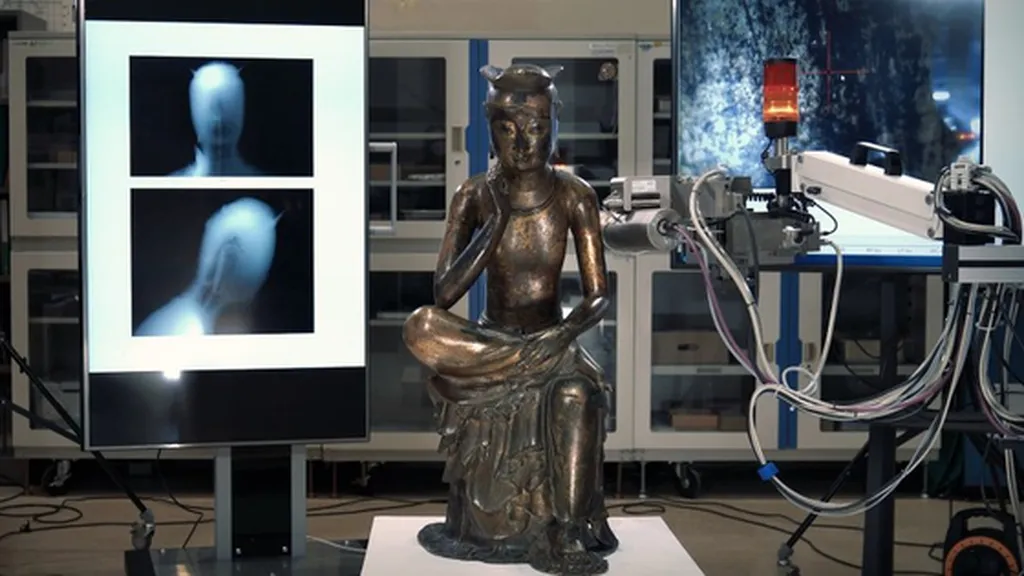In the heart of South Korea, a groundbreaking project is merging the past with the future, offering a blueprint for how the energy sector can balance its infrastructure needs with cultural preservation. Led by I. Kim of the Digital Heritage Team at the National Research Institute of Cultural Heritage in Daejeon, this initiative is setting a new standard for documenting and preserving cultural heritage sites submerged by dam construction.
The proliferation of hydropower dams has long posed a challenge to cultural preservation. As these structures harness the power of rivers, they often submerge historical sites, rendering them physically inaccessible and accelerating their deterioration. However, Kim’s research, published in ‘The International Archives of the Photogrammetry, Remote Sensing and Spatial Information Sciences’ (translated as ‘International Archives of Photogrammetry, Remote Sensing and Spatial Information Sciences’), is leveraging digital technology to overcome these obstacles.
By employing GIS-based landscape analysis, 3D visualization, and real-time rendering engines, Kim and his team have digitally reconstructed the Daegok-ri Bronze Age site. This process involves creating a detailed, immersive virtual environment that allows researchers to study the site’s historical landscape and the spatial context of its features. “This digital reconstruction clarifies the relationships between dwellings and tombs, providing crucial archaeological insight,” Kim explains. The implications of this work extend far beyond academia, offering significant commercial impacts for the energy sector.
As hydropower remains a critical component of renewable energy portfolios worldwide, the need to balance energy infrastructure with cultural preservation will only grow. Kim’s approach provides a sustainable solution, enabling energy companies to mitigate the cultural impacts of their projects. “This approach demonstrates digital preservation as a sustainable solution to record, protect, and reimagine submerged heritage through immersive virtual environments,” Kim states.
The potential applications of this technology are vast. Virtual heritage experiences can be integrated into educational programs, museum exhibits, and even virtual tourism, creating new revenue streams and enhancing the public’s understanding and appreciation of cultural heritage. Moreover, this approach can be replicated globally, shaping future developments in the field of cultural preservation.
As the energy sector continues to evolve, so too must its approach to cultural heritage. Kim’s research offers a compelling example of how digital technology can bridge the gap between progress and preservation, ensuring that our shared cultural heritage is not lost to the depths of progress. In doing so, it paves the way for a future where energy infrastructure and cultural preservation coexist harmoniously.

